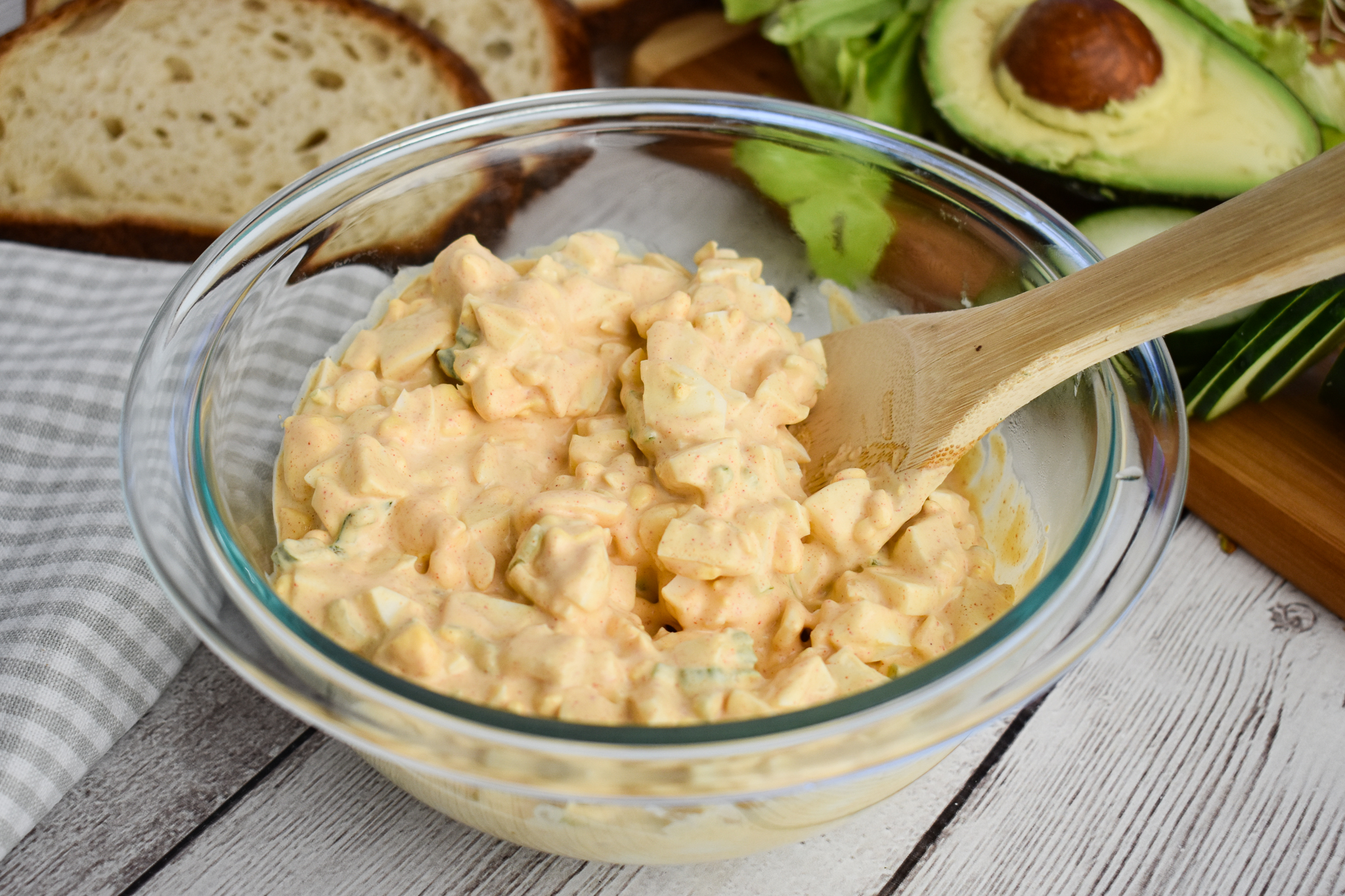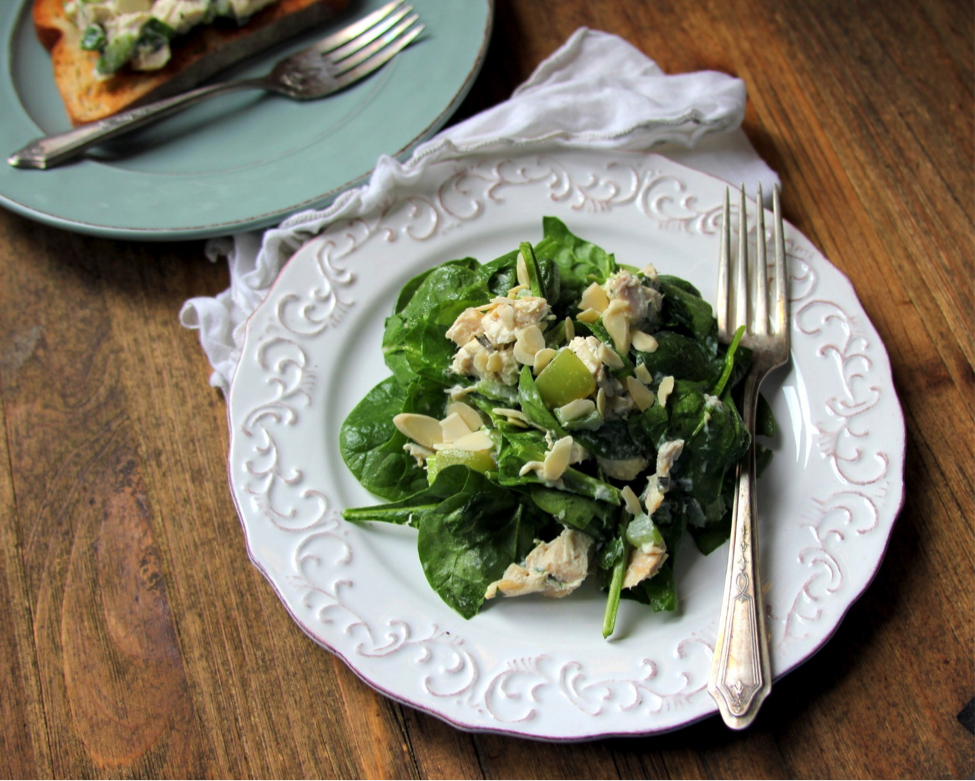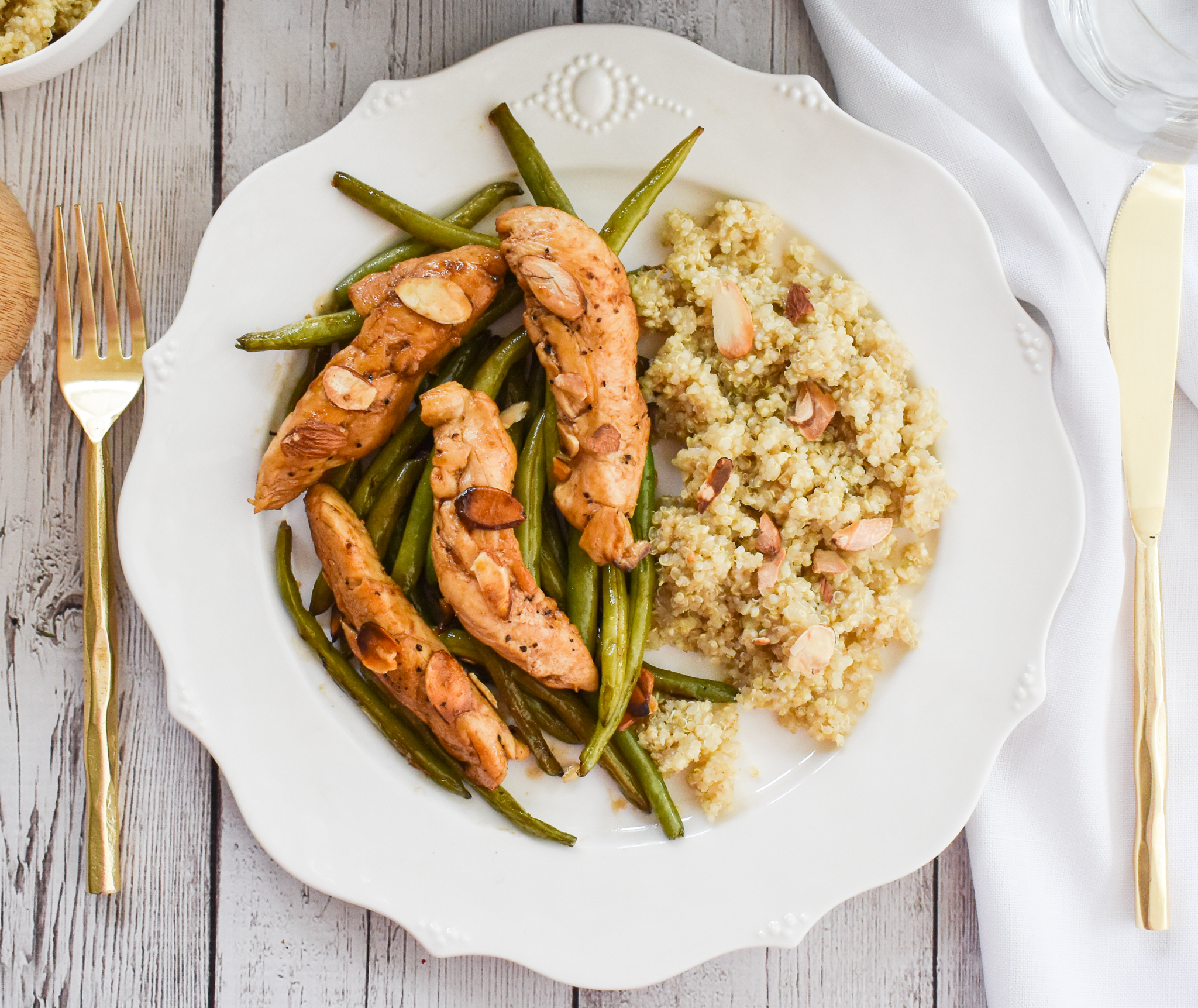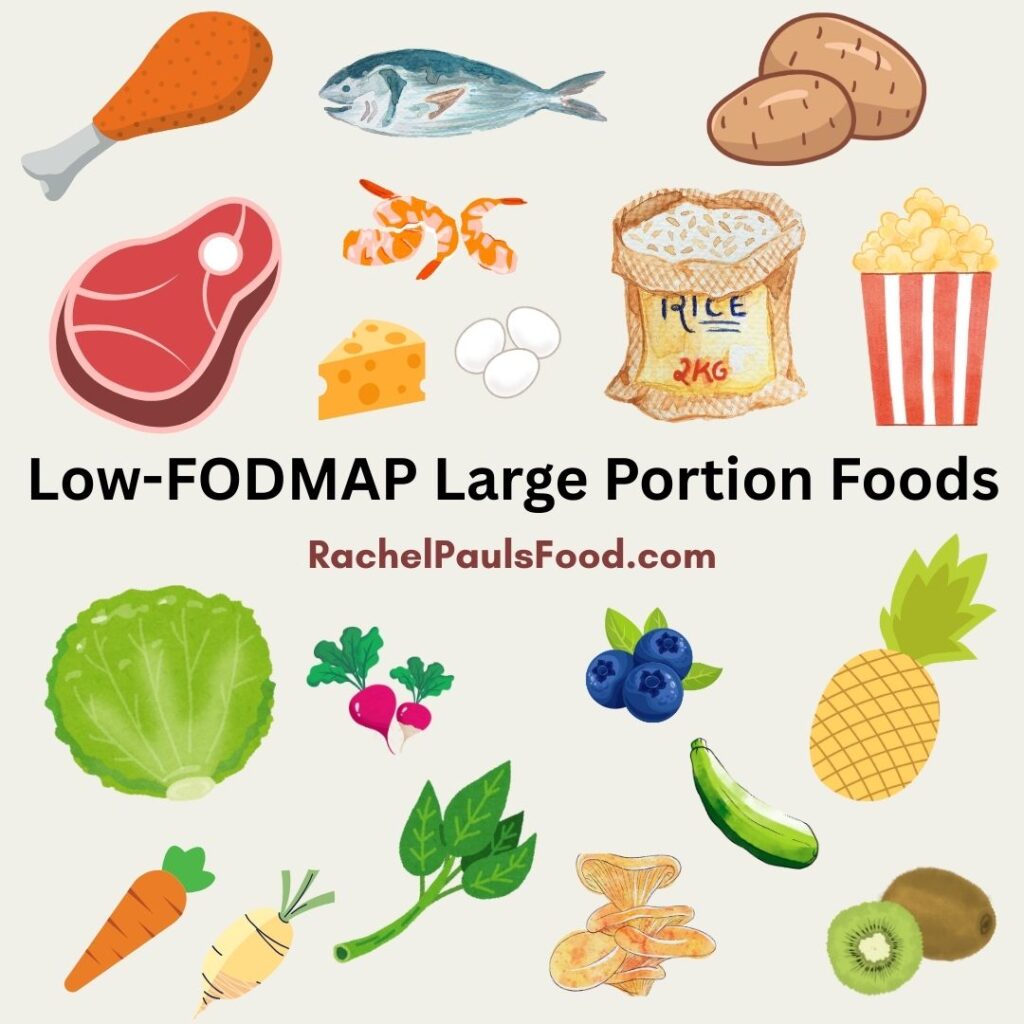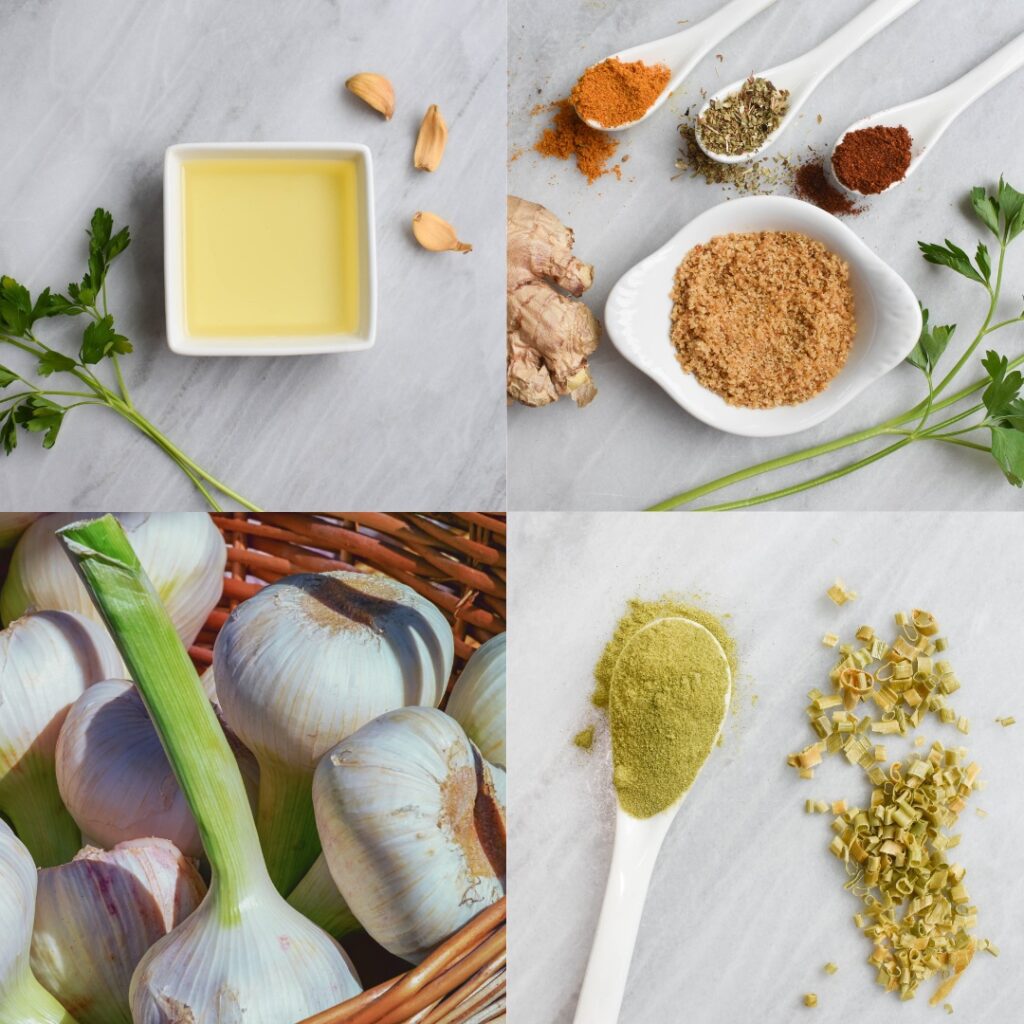Are you wondering about how to do low-FODMAP and keto together? This is the blog you’ve been looking for.
Here’s the situation. You are following a ketogenic (or keto) diet for your overall health. But, now your gastroenterologist has suggested a low-FODMAP diet for your IBS. Understandingly, you feel overwhelmed.
I am so glad you found my blog! Do not worry a minute more.
I will show you how to navigate both these plans together. It isn’t that difficult, once you understand the different diet concepts.
I will review the basics of the keto diet, then the low-FODMAP diet. You will understand how each of these work, and see that their food options often overlap.
Note that I do not typically recommend ‘dieting’ when beginning the low-FODMAP diet. There is usually enough to challenge your body with, and keeping variety and pleasure in eating reduces the chances of failure. However, I recognize that there are times when following other eating programs is necessary. This article is for one of those situations.
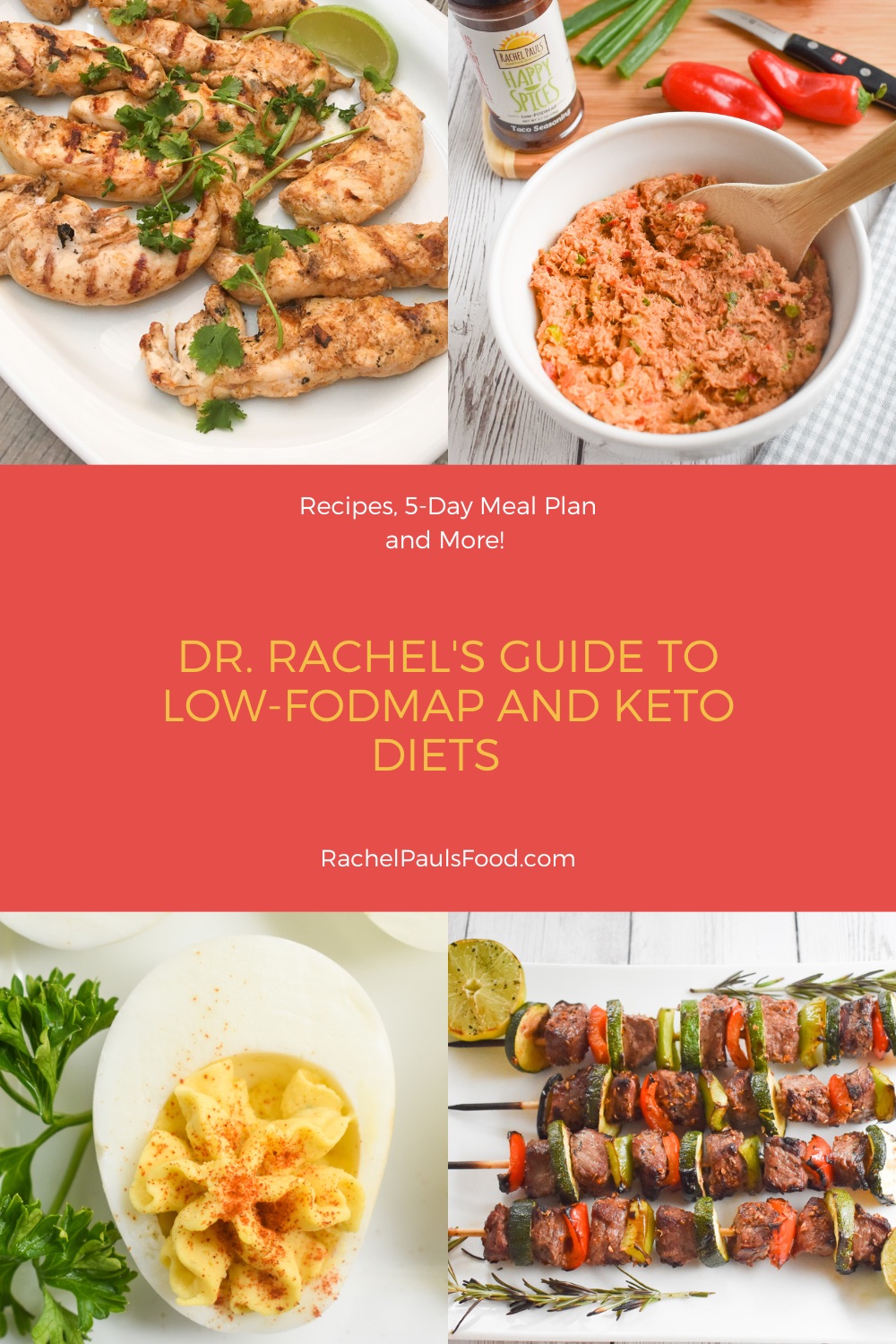
The Ketogenic “Keto” Diet
The ketogenic diet (‘keto’, for short) is a high fat, low in carbohydrate (‘carb’) diet. Remember the low in carbohydrates part, since certain carbohydrates are also restricted in the FODMAP diet.
Keto is not a new concept, but it has increased in favor over the past decade. I found an amazing post all about it here.
Some reported benefits of the keto diet include weight loss, improved blood sugar control, and potential reduction in certain diseases such as cancer.
I am not going to tell you whether you should, or should not, practice a keto diet. That is for you and your medical providers to decide.
However, I do want to explain how the ketogenic diet works. First of all, there are different types of ketogenic diets. They include:
- The Standard Ketogenic Diet (SKD): A very low carb, moderate protein and high fat diet. It typically contains 70% fat, 20% protein, and 10% carbs
- The Cyclical Ketogenic Diet (CKD): This diet involves cycling between more restrictive days, followed by days when you can increase your carbohydrate consumption. Example: 5 keto days followed by 2 high carb days
- The Targeted Ketogenic Diet (TKD): This diet allows you to add more carbs if exercising or performing other intense activities
- The High Protein Ketogenic Diet: This is similar to a standard ketogenic diet, but with even more protein. The ratio is about 60% fat, 35% protein, and 5% carbs
We are going to focus on the Standard Ketogenic Diet (SKD), since that is the benchmark for the other versions.
 The Best Low-FODMAP Egg Salad
The Best Low-FODMAP Egg Salad
How does Keto Work?
The keto diet works by inducing a metabolic state in your body known as ‘ketosis’.
‘Ketosis’ is a natural, physiologic phenomenon. It results from eating a low amount of carbohydrates, thereby limiting the body’s supply of glucose (or sugar).
All the cells in our body rely primarily on glucose for their function. However, we also have a backup plan. If you don’t eat carbohydrates for a while, then you will begin to burn fat to create energy.
Fat is converted to an alternative fuel source, known as ketones.
That is how the keto diet aids in weight loss- by making your body burn its fat stores. It also naturally reduces glucose (or sugar) in the blood and stabilizes insulin secretion.
Food Options for the Keto Diet
Essentially, followers of the keto diet will consume higher amounts of fat and protein, and fewer carbohydrates.
Some examples include:
- Meats: red meat, ham, sausage, bacon, chicken, and turkey
- Fatty fish: salmon, trout, tuna, mackerel
- Eggs
- Butter and cream
- Cheese
- Nuts and seeds
Great news! All of those are also low in FODMAPs.
**Ketosis results from eating a low amount of carbohydrates, thereby limiting the body’s supply of glucose (or sugar)
 Low-FODMAP Sheet Pan Chicken Fajitas
Low-FODMAP Sheet Pan Chicken Fajitas
The Low-FODMAP Diet
The low-FODMAP diet is described in several posts on my blog. My Low-FODMAP Happy Gut Guide is handy to read and download, and my Low-FODMAP IBS Solution Plan & Cookbook is chock-full of recipes, low-FODMAP diet tips and other information.
However, in brief, the low-FODMAP diet was developed by researchers in Australia in the early 2000’s. These researchers noted that certain types of carbohydrates (that span many categories of foods) are more likely to trigger gastrointestinal symptoms such as gas, bloating, diarrhea, and constipation. They found that eliminating a large amount of these carbohydrates can remove the pain and discomfort associated with IBS. They called these carbohydrates ‘FODMAPs’.
FODMAP is an acronym- a word where all the first letters stand for something else. The term does not delineate the different FODMAP categories exactly, but rather serves as an umbrella term. That is to say, the FODMAP categories are suggested by the headings in the acronym, but not clearly called out.
FODMAP stands for:
F- Fermentable: can be broken down by bacteria in the intestine and made into gas
O-Oligosaccharides: carbohydrates made up of chains of sugars
D- Disaccharides: carbohydrates made of two linked sugars
M-Monosaccharides: carbohydrates made of one sugar
A-and
P-Polyalcohols: sugar alcohols
The tricky part, is that these FODMAP categories span many categories of foods. That means that, particularly when beginning the low-FODMAP diet, you will need to check a food list or ‘app’ to figure out what foods are best. My Low-FODMAP 5-Day Meal Plan can also help with that.
But, here is the GOOD news. Since FODMAPs are carbohydrates, the Keto Diet will naturally be inclined to limit these! That will make combining these 2 plans easier to follow.
**Since FODMAPs are carbohydrates, the Keto Diet will naturally be inclined to limit these
 Low-FODMAP Light and Satisfying Chicken Salad
Low-FODMAP Light and Satisfying Chicken Salad
Food Options for the Low-FODMAP Diet that also work for the Keto Diet:
*Ensure low-FODMAP portion sizes for listed vegetables and fruits
- Meats: red meat, ham, chicken, and turkey
- Fish: salmon, trout, tuna, mackerel, shellfish
- Eggs
- Cheese: cheddar, gouda, swiss, feta, mozzarella
- Nuts and seeds: peanuts, macadamia nuts, walnuts, pecans, chia seeds, flax seeds, peanut butter, almond butter
- Vegetables: spinach, kale, cucumber, red bell pepper, green bell pepper, radish, green beans, bok choy, lettuce, celery, mushrooms (canned and drained), broccoli
- Fruits: strawberries, blueberries, raspberries, coconut, tomato, olives, canteloupe, pomegranate, cranberry, kiwi, lemon, lime, avocado
- Milk: unsweetened almond milk, macadamia nut milk
Note that for some people with IBS, high fat foods are a trigger. Pay attention to your personal tolerances when incorporating higher fat meats and cheeses to your menu.
Here is my Sample Low-FODMAP and Keto 5- Day Meal Plan
*Ensure low-FODMAP portion sizes for listed vegetables and fruits
Monday:
- Breakfast: Low-FODMAP Key Lime Yogurt using lactose-free Greek yogurt and sugar substitute, shedded coconut flakes
- Lunch: Chopped cooked chicken breast drizzled with olive oil, salt and pepper, feta cheese, olives, on a bed of lettuce
- Dinner: Low-FODMAP Foil Baked Lemon Salmon with Dill and 1/2 cup steamed broccoli heads
Tuesday:
- Breakfast: Scrambled eggs with tomato, basil and cheddar cheese
- Lunch: Low-FODMAP Blackened Mahi-Mahi with arugula and grated mozzarella
- Dinner: Low-FODMAP Three ingredient Roasted Chicken with sautéed spinach
Wednesday:
- Breakfast Low-FODMAP Superfood Chia Pudding made with unsweetened almond milk, topped with pecans and raspberries
- Lunch: Zesty Low-FODMAP Grilled Lime Chicken (omit sugar in recipe), sliced cucumber and radish
- Dinner: The Best Low-FODMAP Tacos (omit shells), make into a taco bowl using bed of lettuce
Thursday:
- Breakfast: Strawberry Almond Flax Smoothie using almond milk and sugar substitute
- Lunch: Deli Turkey with 1/8 avocado, sliced Swiss cheese in lettuce wrap
- Dinner: Low-FODMAP Easy Steak Kabobs
Friday:
- Breakfast: Low-FODMAP Chocolate Yogurt Dip made with lactose-free Greek yogurt, topped with chopped peanuts
- Lunch: Low-FODMAP Cobb Salad
- Dinner: Low-FODMAP One-Skillet Balsamic Chicken with Green Beans (omit syrup in recipe)
Snacks: Peanuts, Macadamia nuts, hard boiled eggs, sliced cheese, lactose-free Greek yogurt, lactose-free full fat cottage cheese
More Low-FODMAP and Keto Recipes:
- Low-FODMAP Sheet Pan Caprese Chicken
- Low-FODMAP Classic Deviled Eggs
- The Best Low-FODMAP Egg Salad
- Low-FODMAP Cajun Tuna Salad (use red bell peppers in place of sweet red peppers)
- Low-FODMAP Tossed Salad in a Jar
- Low-FODMAP Balsamic Grilled Vegetables (omit maple syrup)
- Low-FODMAP Sheet Pan Chili Lime Tilapia (use green peppers instead of potatoes)
- Low-FODMAP Light and Satisfying Chicken Salad (omit grapes)
- Easy Low-FODMAP Mayo Recipe
- Low-FODMAP Sheet Pan Flank Steak with Kale (omit potatoes)
- Low-FODMAP Sheet Pan Chicken Fajitas (omit taco shells)
- Low-FODMAP One-Pan Italian Chicken with Vegetables (reduce tomatoes, sub bell peppers)
You see? It’s not be as hard as you think to get started on your low-FODMAP version of the Keto Diet. I hope the combination balances your overall health with gut well being.
 Low-FODMAP One-Skillet Balsamic Chicken with Green Beans (serve without quinoa)
Low-FODMAP One-Skillet Balsamic Chicken with Green Beans (serve without quinoa)
Looking for other low-FODMAP diet tips? Check out these great posts:
- Dr. Rachel’s Top 11 Tips & Tricks for the Low-FODMAP Diet that No One Ever Tells You
- Dr. Rachel’s Top 7 Reasons the Low-FODMAP Diet Fails and How to Fix Them
- Low-FODMAP Grocery Shopping List
- Dr. Rachel Talks Low-FODMAP and Mediterranean Diets; Eating for Health and a Happy Gut
- Dr. Rachel’s Low-FODMAP Diet Five Day Meal Plan, Recipes and More
- Low-FODMAP Fast Food Restaurant Options; Because Low Doesn’t Mean No
- Tips for the Low-FODMAP Vegan, Vegan Food Lists and Low-FODMAP Vegetable Stock Recipe
- Low-FODMAP Free FODMAP Guide PDF
For other amazing ideas, see over 500 FREE low-FODMAP recipes on the blog!
Be heathy and happy,
Rachel Pauls, MD



